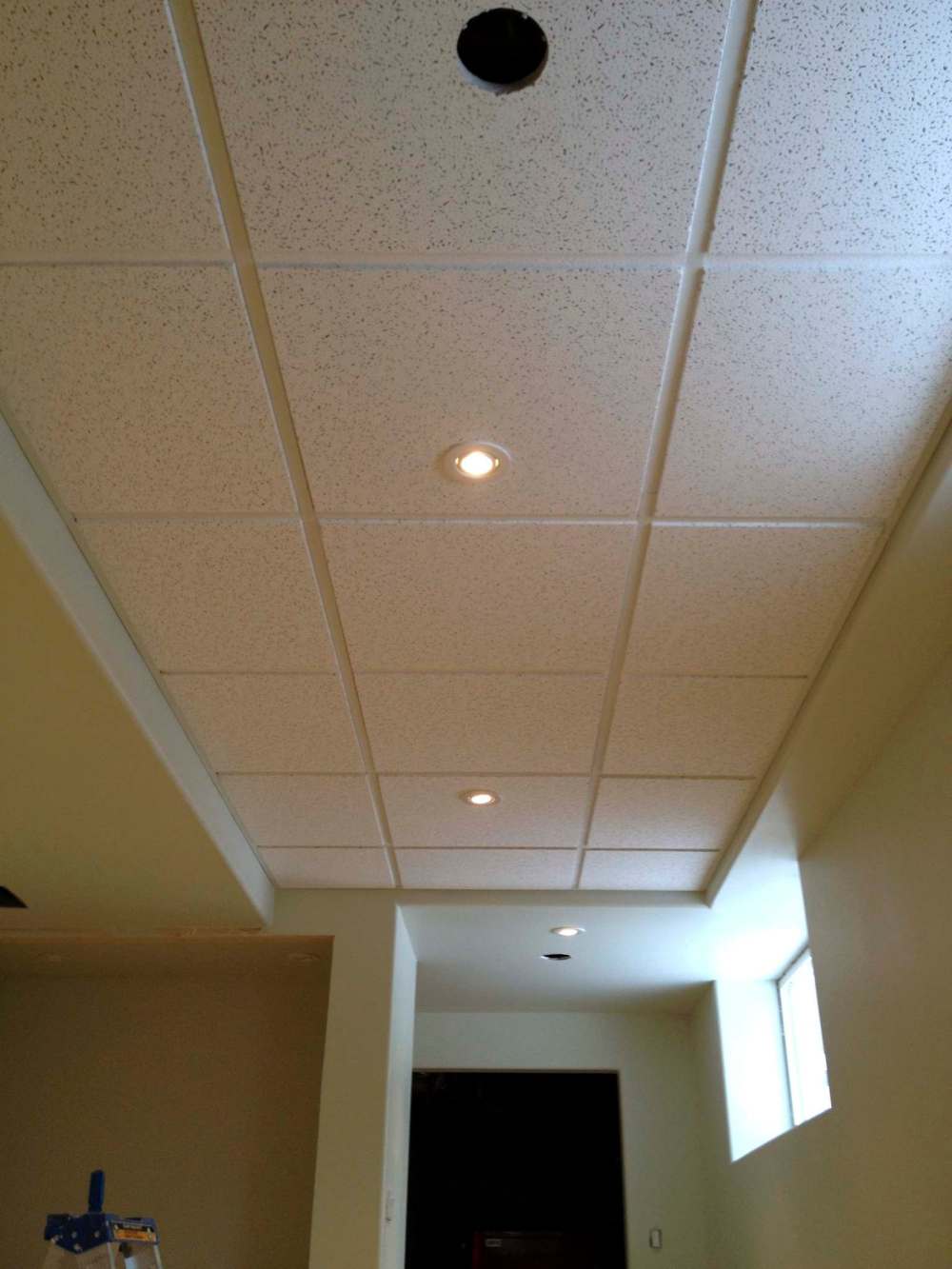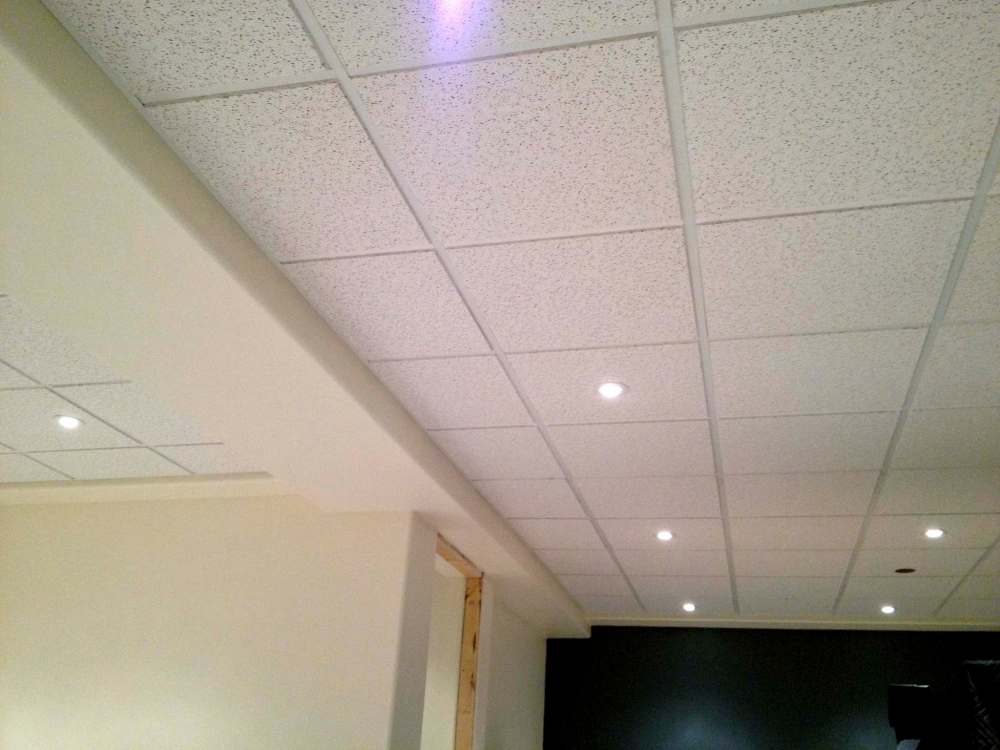Sometimes only a suspended ceiling will do
Advertisement
Read this article for free:
or
Already have an account? Log in here »
To continue reading, please subscribe:
Monthly Digital Subscription
$0 for the first 4 weeks*
- Enjoy unlimited reading on winnipegfreepress.com
- Read the E-Edition, our digital replica newspaper
- Access News Break, our award-winning app
- Play interactive puzzles
*No charge for 4 weeks then price increases to the regular rate of $19.95 plus GST every four weeks. Offer available to new and qualified returning subscribers only. Cancel any time.
Monthly Digital Subscription
$4.99/week*
- Enjoy unlimited reading on winnipegfreepress.com
- Read the E-Edition, our digital replica newspaper
- Access News Break, our award-winning app
- Play interactive puzzles
*Billed as $19.95 plus GST every four weeks. Cancel any time.
To continue reading, please subscribe:
Add Free Press access to your Brandon Sun subscription for only an additional
$1 for the first 4 weeks*
*Your next subscription payment will increase by $1.00 and you will be charged $16.99 plus GST for four weeks. After four weeks, your payment will increase to $23.99 plus GST every four weeks.
Read unlimited articles for free today:
or
Already have an account? Log in here »
Hey there, time traveller!
This article was published 29/04/2017 (3174 days ago), so information in it may no longer be current.
For most applications, ceilings are finished with drywall, mud and tape… along with the walls. However, in some instances, closing up the ceiling with drywall is neither practical nor a possibility. In most basements, for example, it is often necessary to periodically access shut-off valves, ventilation dampers, or wiring of some sort. The suspended ceiling becomes the perfect solution for these situations.
What is a suspended ceiling? Well, it consists of ceiling tiles that rest within a support grid made up of T-brackets, which hold the tiles in suspension. The grid itself is held in place by a series of wire hangers, of a pre-determined length, attached to the joists above, and an L-moulding which is attached to the walls along the perimeter of the entire suspended ceiling — the grid literally hangs from the rafters. Ceiling tiles are set into place within this grid. Although suspended ceiling tiles are manufactured in a variety of materials and styles, the grid itself is comprised of straightforward and easy-to-install components.
Commonly, a suspended ceiling grid is built using Ts that create openings that are two by four feet — most ceiling tiles are manufactured in these dimensions. Once the L-moulding has been fastened to the walls, perfectly level along the perimeter of the space at the desired height, longer T-brackets are then set into place, parallel with the long sides of the ceiling. Shorter two-foot Ts are then inserted between the long Ts, at four-foot intervals, creating the two-by-four-foot grid pattern, which will accept the ceiling tiles of same dimensions.

At a job in St. Vital a few years ago, I was evolving a basement into a functional space that had been, up to that point, merely concrete walls and a concrete floor. Carolyn Smith and Harold Harrison decided on a suspended ceiling. In order to satisfy many requirements, it was necessary for me to design a ceiling that would be broken down into areas, to accommodate various ducting and joisting above.
As such, the walls would have 12- to 18-inch boxing around each perimeter, in order to hide said ducting and joisting, and other services that dropped from the ceiling joists lower than the intended ceiling height in some locations. I wanted to introduce boxing that looked as though there was a design in mind, and not simply box in the elements that were in the way — this would seem forced. Once the design was set, the boxes were framed and everything was sheeted with drywall.
When it came time to hang the suspended ceiling, the boxing made things easy — everything was perfectly square and the grid went up in a flash. The two-by-four-foot ceiling tiles that were chosen mimic double two- by two-foot square tiles. Although the grid was installed in the two-by-four-foot pattern to satisfy the tile size, the tiles above, once in place, look like square tiles. Easy-mount pot lights were installed in a pre-determined arrangement and the ceiling was done.
Another suspended ceiling job comes to mind, and this one was installed for my clients, the Lakusiaks. Their application, however, was somewhat different — it was for a basement bathroom I gutted and completely renovated for them.
In a small space such as a bathroom, two-by-four-foot tiles would not create a good look — the tiles would seem too big. And even the two-by-two-foot simulated ceiling tiles were slightly on the large size for this space. After a few days of hunting, I located a ceiling tile of standard installation proportion, which simulated eight one-by-one-foot squares. This was perfect. The grid was installed and the tiles were put in place.

Only slightly boxed framing was required to facilitate the suspended ceiling install near the bathroom window — as the window was higher than the height of the suspended ceiling, it was necessary to create a surface on which the L-moulding on that side of the ceiling could be attached and allow for the window to remain in use.
When closing in a ceiling is not an option, the suspended ceiling is a clean and attractive alternative that allows you access to services above the tiles. You simply pop out as many as you need and pop ’em back in when you’re done.
You can even get creative and paint the tiles and/or the grid, or even set the entire grid at 45 degrees to the wall, if you so desire.
The sky’s the limit when it comes to your suspended ceiling.
BossEnterprise@outlook.com


